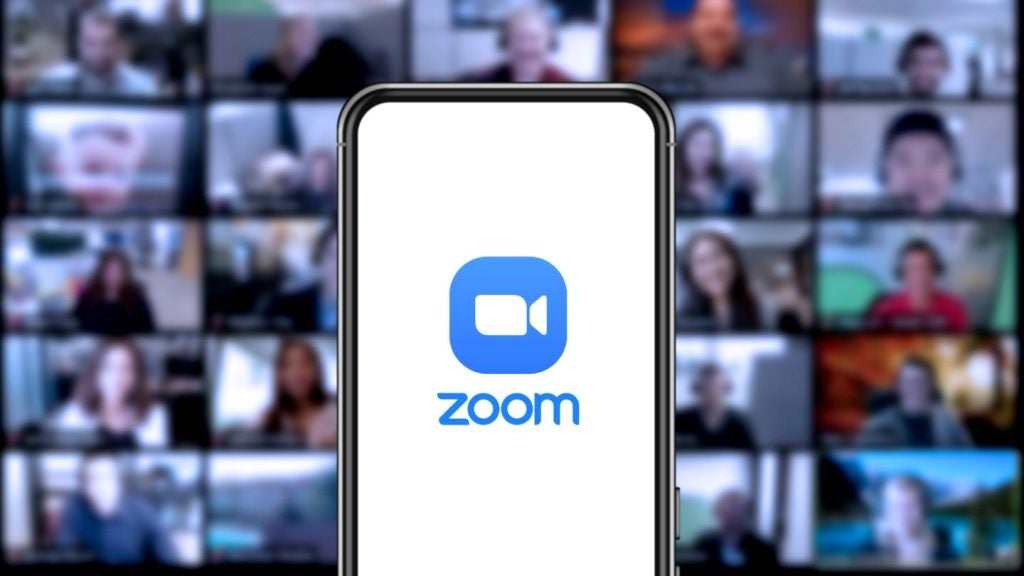Hearts were healed by X Factor rumours in the UK in March 2024.
The news struck that Simon Cowell told OK! Magazine that he would love to bring back The X Factor. And wouldn’t we all? Such revival would, no doubt, return the country to its former utopian state.
Yet the revelation of Simon’s desires was marred by a nasty bit of prattle from the judges of the show’s former years. Louis Walsh and Sharon Osborne, up to their old tricks on Celebrity Big Brother, shared distaste for none other than Simon himself, with Sharon declaring that all the money in the world could not convince her to work under him again. In a trice, hearts shattered once more as visions of the old crew back together melted away.
The rise of the streaming service and the fall of X Factor
Lest we forget that the downfall of The X Factor came alongside the rise of subscription services.
Even when Alexandra Burke was singing through tears as Beyoncé joined her onstage at the 2008 live final, Netflix lingered in the shadows at a mere year old, having started streaming in 2007. The crushing realization that nothing could top the 2010 series of The X Factor hit audiences in 2011, as viewing figures began to decline for the first time. The program’s heyday saw an average of 14 million tuning in, but the drop-off signalled not only the slow and painful decay of The X Factor itself but a brutal turn away from traditional TV worldwide.
According to GlobalData, the number of cable TV subscribers in North America fell from 57 million in 2018 to 42 million in 2022, with similar trends emerging in Western Europe and the Asia Pacific region. Though it has been a trend since the mid-2010s, Covid-19 further exacerbated this.

US Tariffs are shifting - will you react or anticipate?
Don’t let policy changes catch you off guard. Stay proactive with real-time data and expert analysis.
By GlobalDataSubscription fatigue
Yet a beacon of hope remains for Simon. Subscription streaming services have been experiencing significant competition in recent years. While Covid-19 saw companies like Netflix and Disney+ experiencing growth in subscribers, numbers stagnated in the years following the pandemic.Consumers have been blighted by subscription fatigue, in which they feel overwhelmed by the number of subscription services they manage and pay for. Consumers have become more budget-conscious and dissatisfied with increasing costs, causing the growth rate of subscription video on demand (SVoD) subscribers to decline.
A sorry reality for traditional TV
However: while SVoD providers have found themselves in murky waters in recent years, this sadly does not open the playing field for traditional TV, which continues to drop off. In 2023, traditional TV viewing in the UK was revealed by Ofcom to have had its sharpest-ever decline. Furthermore, GlobalData estimates that the penetration of traditional pay-TV services in the US will hit 33% in 2027, having stood at 70% of households in 2018.
Even the use of video-on-demand services provided by traditional broadcasting services, such as ITVX and BBC iPlayer, has snatched away the country-wide communal feeling of Saturday night TV, or the age-old Sunday night drama. Programs broadcast weekly on BBC channels are often released in full on iPlayer for those with the now well-developed penchant to binge-watch.
The ‘Sunday scaries’ were oft assuaged by the reassurance that Monday morning office patter would be driven by opinions on Wagner’s performance of ‘Love Shack’, or Cher Lloyd’s rapping rendition of Coldplay. Yet with the rise of subscription and streaming services, the morning coffee conversation is a torrid free-for-all. With the likes of Channel 4 revealing its intentions to cut 200 jobs amid a refocus onto digital services, it’s a sorry sight for Simon.
Streamers should look to the past for inspiration
Traditional TV might be dropping off, but how can streamers battle the tides of subscription fatigue? While broadcasters look to follow the streaming platform model, streamers equally have much to learn from the old classics. SVoD platforms are battling content wars, leading them to spend enormously on original content—Disney spent $33bn on original content in 2022. Yet Nielson revealed this year that 2023 saw viewers persistently returning to old shows.
In the US, Suits was crowned 2023’s most popular TV show on streaming, a record previously held by The Office in 2020. Other features on the 2023 list included Gilmore Girls, Supernatural, and Friends. Demands for exclusive content may exist, but nostalgia prevails when it comes to consumers, whether they know it or not. Simon Cowell might not be seeing the glory days of X Factor on live TV again, but streaming services could certainly be looking to past hits for inspiration.
Traditional TV may be withering away, yet with SVoD platforms seeing a decline in subscribers, the comfort of old TV shows on their favourite platforms could be just the cure that consumers need.








